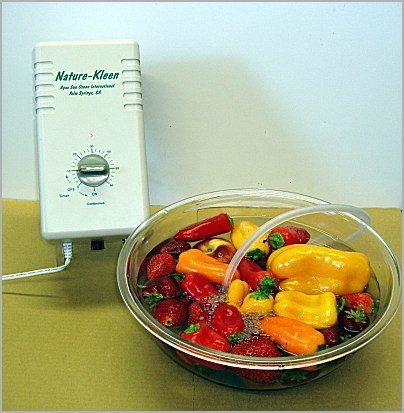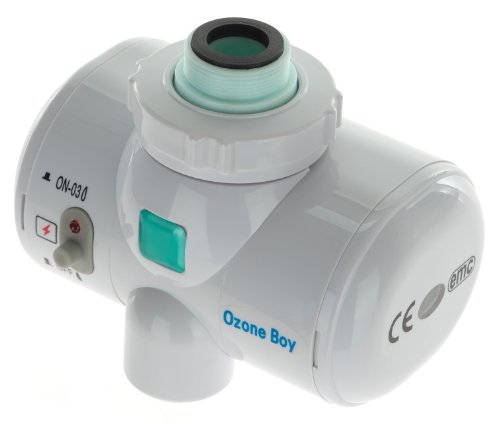It's most likely reliable advice that many people only understand exactly what a magical factor the typical ink jet or laser printer is, if this all of a sudden reduces! Only then could it be obvious the humble - or otherwise so humble - office printer is really a complex system with delicate and complex machinery, which repays better focus on ensure that it stays working well, and also to keep top printing quality consistent and just like once the printer was initially bought.
To make sure any printer reaches its finest potential, preventative maintenance is paramount. That is similar to any machine or device which is designed to work effectively printer need preventative maintenance to provide consistent results and also to prolong helpful working existence. A couple of inspections for a coupe, of hrs each month will extend the printer's existence and can obviously increase user confidence the printer is going to be available to operate effectively and immediately, when needed and each time.
Naturally, producers will give you all of the information you need within the instructions, but typically most customers don't take on down to knowing these details. Naturally, most companies take a choice of something contract using the printer, so the service specialist can explain the fundamentals of maintenance and proper usage. But frequently this isn't the situation, especially possibly with lower-finish ink jet printers, or perhaps in companies where budget planning sees such contracts like a luxury as opposed to a necessity.
The argument for preventive printer maintenance during these conditions has me overwhelmed. No-one wants jammed paper and poor images. And without due care, problems can occur anytime. Particularly in dusty work conditions internal aspects of any printer can suffer enormously. A printer inside a warehouse or similar dirty atmosphere will especially take advantage of regular maintenance inspections.
Furthermore, there's a much greater requirement for preventative maintenance with laser ink jet printers - largely because of the truth that they print more pages each minute and also have more moving parts than inkjets. Here, the constant maintenance process involves checking components for example ozone filters, static eliminator teeth and washing the fuser unit.
Here are a few preventative maintenance ideas that ought to help you receive less service calls:
Don't use solvent or ammonia-based cleansers. The best factor to make use of is isopropyl or ethyl alcohol. Make use of an alcohol-wet or water-wet lint free cloth Always inspect paper pickup paint rollers for dust. Paper pickup paint rollers collect dust and have to be washed periodically When paint rollers become shiny and appearance "glazed," they should be changed. Always inspect separation pads for dust. Just like the pickup paint rollers, clean with alcohol or perhaps a water-wet lint-free cloth. Separation pads ought to be changed simultaneously as pickup paint rollers. Transfer paint rollers ought to be washed if really dirty, but it's important to not touch the paint rollers with bare fingers. A dry lint-free cloth can be used, and when lots of toner spills around the transfer curler, then your best option would be to switch the transfer curler Regularly inspect mirrors for dust and muck build-up. They are best washed with strained compressed air or perhaps a lint-free cloth or swab moistened with lens cleaner. Finally, inspect the fuser set up paint rollers for marks, and replace them if you will find any marks of blemishes present.
Following these pointers will make sure you'll need less service calls, that the workflow won't be frustrated at critical occasions, and can certainly boost the life time from the printer.









